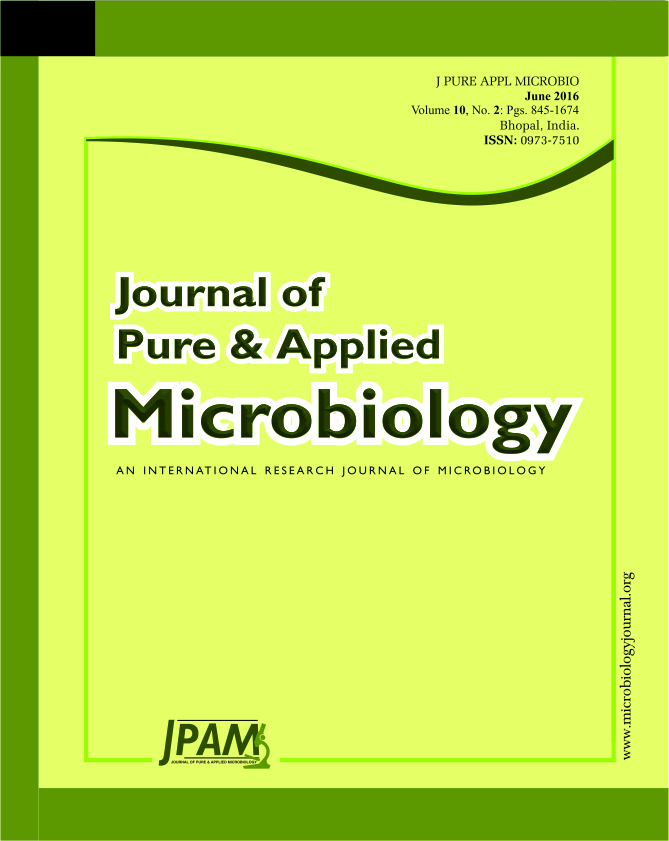Laccase is belonging to the oxidases of blue multi-copper and will be participating in polymer degradation, monomer cross-linking and aromatic compounds’ ring cleavage. This is distributed widely in fungi and higher plants. This is also present in Deuteromycetes, Basidiomycetes and Ascomycetes and also much abundant in white-rot fungi which are lignin-degrading. Also it is used in synthesizing organic substances, having phenols and amines as typical substrates with reaction products as oligomers and dimers which are derived out of coupling from radical reactive intermediates. In recent time, these enzymes are gaining application in fields like paper and pulp, food and textile industry. Also of late it is used in biofuel cells, biosensors design, and also a tool for medical diagnostics and an agent for bioremediation in cleaning up certain explosives and pesticides in soil as well as herbicides. This present work is focusing on screening, the process optimization in achieving maximum production with partial purification in extracellular laccases by Pseudomonas aeruginosa. Purification of laccase through filtrate of bacterium culture is achieved as a greatest action after the utilization of DEAE-Sephadex Affinity chromatography, chromatography (Sephadex) of Gel filtration and precipitation of ammonium sulphate. The experimental results are showing better performance in purification and production of laccase through Pseudomonas Aeruginosa.
Laccase, Pseudomonas aeruginosa, Enzyme Activity, Optimization, Purification.
© The Author(s) 2016. Open Access. This article is distributed under the terms of the Creative Commons Attribution 4.0 International License which permits unrestricted use, sharing, distribution, and reproduction in any medium, provided you give appropriate credit to the original author(s) and the source, provide a link to the Creative Commons license, and indicate if changes were made.


